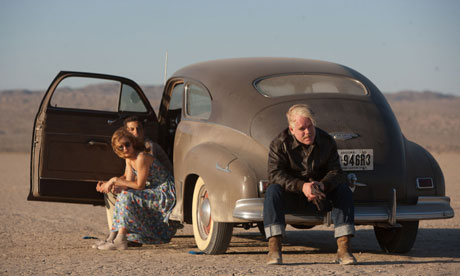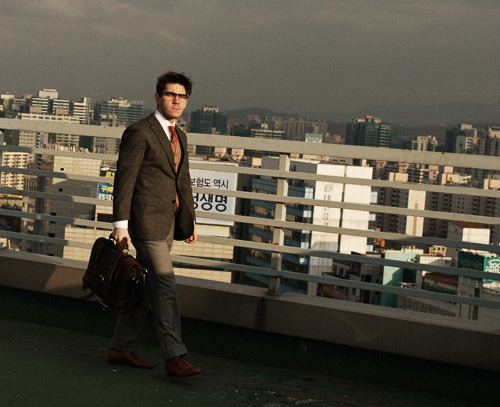A wide shot requires a wide angle lens. A long shot - characters walk from foreground to the background or vise versa. Emphasize the scenery or the location, landscapes or cityscapes.


Tags - scenery, location, grand event, weather, an open space could be used to create peace of mind while a busy scene could do the opposite, show scale of something.
Establishing Shot
Introduces a new location, from a vantage point that allows the audience to see all the relevant characters in the filmic space. This type of shot should not last more than ten seconds.


Tags - location, character, point of view, above the subject & below the subject can each contribute to a specific effect/mental state.
Master Shot
Very similar to an establishing shot - roughly the same size of frame and lens but the camera follows the action entirely. The whole scene could be captured using a master shot. This shot can last for as long as needed.

Tags - follows the action, a subject in motion, movement emotionally or physically in the frame.
Full Shot
The entire character is on display without showing to much scenery. It distances you from the actor physically and emotionally.


Tags - create a sense of detachment, unfamiliarity, exposed, lost, vulnerable, dislike, ill health.
Medium Shot
Most common shot in movies, don't frame line across the actors joints (waist, knees, elbows ect...) Half way between a full shot and a close up. Two other types of shot encompass this size of frame - the two shot and over the shoulder. Normal lens do the job.

Tags - conversation, establishing a character, a bit of distance, friendly not all that intimate.
Close Up
The subject dominates most of the frame. More dramatic and captures emotion.


Tags - emotion, intimacy, drama, intense, frightening, intimidating, tension. You are physically close to the person.
Extreme Close Up
Show detail - telephoto lens work.


Tags - very intimate, secret, acceptance, show detail, private, more emotion, very very close physically to the subject.
Insert Shots
Don't focus on people but on a relevant object. Tight shots that fill up most of the frame. They help smooth transitions between shots when editing. Serving as a neutral shot that allows a breach of the 180 degree rule.


Reaction Shot
Usually a close up, a cutaway. A reaction to the action. Helps while editing. Bridges the gap between shots. Adds more substance to the characters in dialogue.


No comments:
Post a Comment
Please feel free to drop me a msg anytime.